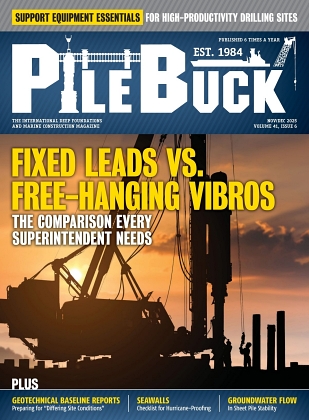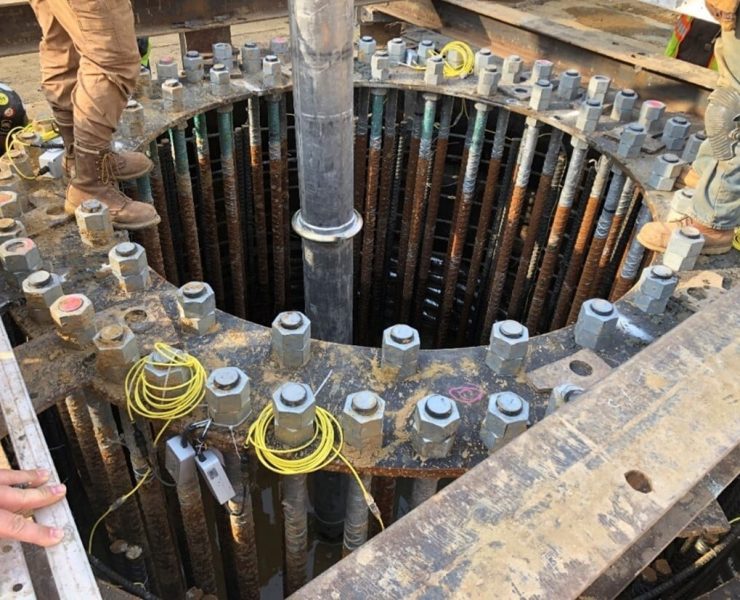The Project’s Geotechnical Report Makes Or Breaks The Contractor

Click here to view the complete article.
by L.A. Prieto-Portar PhD, PE, SE, FASCE – Piedroba Consulting Group, LLC
This brief technical note reminds the contractor how essential is the quality of the geotechnical information to stay out of trouble. Marine projects advertised for bids will include information from geotechnical site investigations in plans and specifications to prospective contractors prior to the bid. The contractor is expected to interpret and use this geotechnical information to select equipment and methodologies, to determine the location, characteristics, physical properties, and quantities of the materials to estimate production rates in the materials indicated by the borings, to estimate project costs, to assess risks, and to bid, plan and ultimately perform the work.
Incomplete or inaccurate geotechnical information will result in an unsuccessful project for both the Owner and the contractor. Some owners cut costs by providing minimal or incomplete geotechnical information, and expect the contractor to complete the investigation on their “own dime”. This “penny wise and pound foolish” ploy usually results in failed projects followed by litigation. It is unfortunate that in our industry, the contractor’s knowledge is not commonly solicited for the design and preparation of the bid documents.
HOW ACCURATE IS THE PROJECT’S GEOTECHNICAL DATA?
The majority of the Change Orders, Claims and disputes in the US are generated by geotechnical “differing site conditions (DSC)”. Most owners (public and private) do not have inhouse geotechnical engineers on their staff, and therefore projects have their geotechnical investigations laid out by project managers who have little or no training in soil and rock mechanics. A common consequence is shown in Figure 1 (this is what Kyle Johnson, VP of Great Lakes Dredge and Dock calls the “garbage in – garbage out” scenario).
A rational design method is to seek experienced contractors that are likely to bid on a job to opine during the design phase. The process should be kept open and transparent. The contractor can still opt to not bid the job if it is still deemed too risky. However, the input of experienced contractors and geotechnical engineers leads to Figure 2’s “win-win” scenario.

















